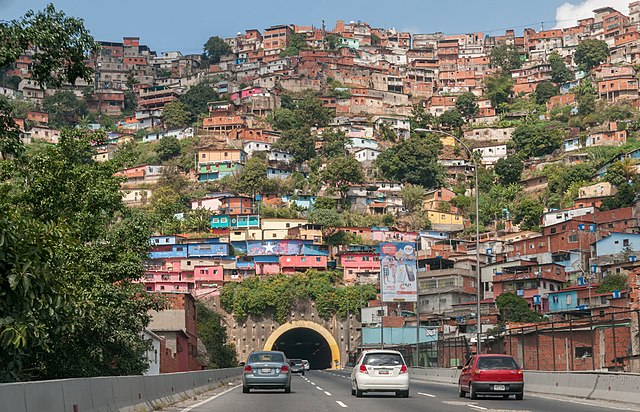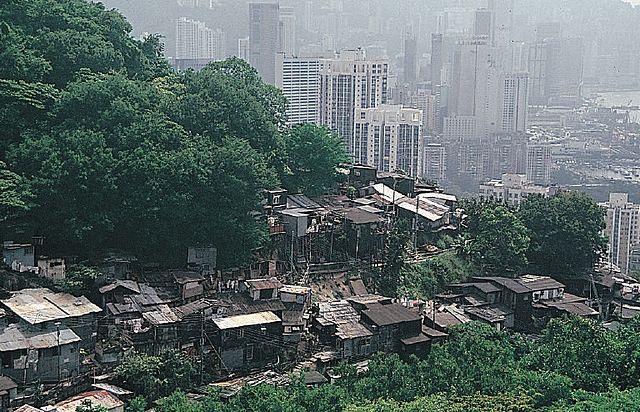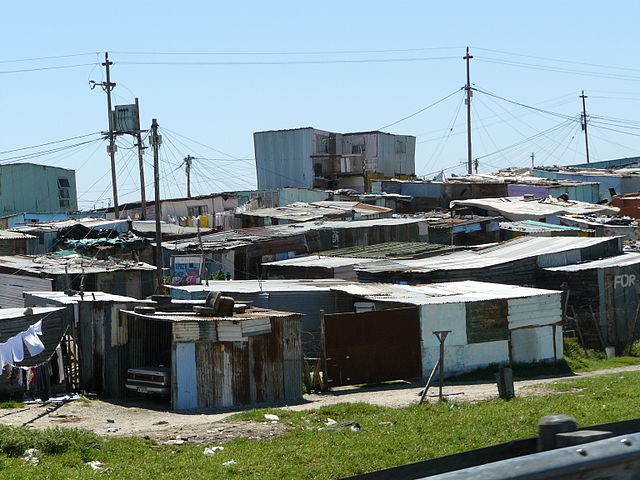Hoovervilles were shanty towns built during the Great Depression by the homeless in the United States. They were named after Herbert Hoover, who was President of the United States during the onset of the Depression and was widely blamed for it. The term was coined by Charles Michelson. There were hundreds of Hoovervilles across the country during the 1930s.
A Hooverville in Seattle, 1933.
Paterson, New Jersey 1937. Bachelor shacks in outskirts of Paterson, on "Molly Jan Brook."
Hooverville on Seattle waterfront, 1933
A shanty town, squatter area or squatter settlement is a settlement of improvised buildings known as shanties or shacks, typically made of materials such as mud and wood. A typical shanty town is squatted and in the beginning lacks adequate infrastructure, including proper sanitation, safe water supply, electricity and street drainage. Over time, shanty towns can develop their infrastructure and even change into middle class neighbourhoods. They can be small informal settlements or they can house millions of people.
Picture of a shanty town over "La Planicie" tunnel, created because of the rural flight to Caracas.
Shanty towns sometimes have an active informal economy, such as garbage sorting, pottery making, textiles, and leather works. This allows the poor to earn an income. The above shanty town image is from Ezbet Al Nakhl, in Cairo, Egypt, where garbage is sorted manually. Residential area is visible at the top of the image.
A shanty town in Hong Kong.
Khayelitsha Township in Cape Town, South Africa







